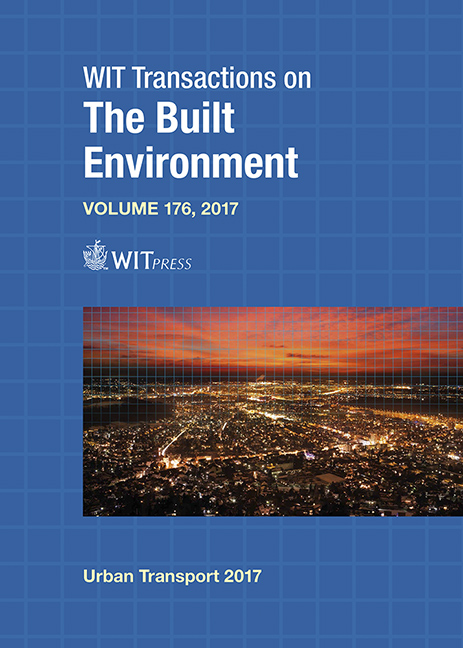CITY CENTRE REGENERATION BY REMOVING MOTORWAYS: IMPACTS ON MOBILITY AND URBAN LIFE
Price
Free (open access)
Transaction
Volume
176
Pages
11
Page Range
3 - 13
Published
2017
Size
480 kb
Paper DOI
10.2495/UT170011
Copyright
WIT Press
Author(s)
ELISABETH REDZA, PHILIPPE BOUILLARD
Abstract
The paper will focus on analysing urban motorway removal in a central urban context to improve mobility and enhance public life by means of upgraded public spaces. The objectives are to understand why removing or decreasing car infrastructure in city centres is essential for sustainable cities and what impact such refurbishments have on mobility and public life. The proposed methodology allows us to assess the quality of urban renewals by suppressing urban motorways in order to deliver a tool for designing successful public spaces and improving mobility in city centres. The comprehensive framework includes twenty-five sub-criteria defining the quality of renewals reflecting the government policy, the mobility experience, the identity of the neighbourhood and the urban space through attractiveness and liveliness on site, user’s comfort and perception of safety. The multi-criteria framework is tested on three European case studies of (i) urban motorway removal (Paris), (ii) increase of soft mobility infrastructure (Lyon) and (iii) recovering of urban space (Madrid), though only the first one will be presented in the paper. Finally, it is important to note that the aim is not to demonise car use, but rather to restore a human scale in city centres.
Keywords
urban motorway removal, human scale, public space, soft mobility





